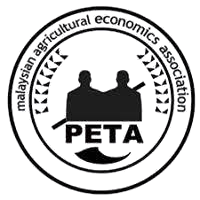Feed Cost Optimization of Table Egg Production in Ibadan Metropolis, Oyo State, Nigeria: A Linear Programme Approach
DOI:
https://doi.org/10.36877/mjae.a0000607Abstract
The poultry industry in Nigeria is recently faced with the problem of a rapid increase in the price of feed. However, it is difficult to increase the price of an egg in a similar proportion. Hence, this study examined how feed cost optimization offers a solution to these problems which continue to hinder the profitability of table egg production. Primary and secondary data were used for the study while descriptive statistics, gross margin ratio, and linear programme were employed to analyse the data collected. The results showed that the average poultry farmer in the study area was a medium-scale poultry farmer with an average stock size of 2,837 laying birds. The average poultry business experience was 6 years. The estimated gross margin ratio shows that $0.04 was obtained on every $1 invested when the actual feed cost method was used while $0.15 was realised on every $1 invested in the business when the linear programming (least feed cost) method was applied. The optimal solution reduced feed cost by 13.87% unlike the cost imposed on poultry egg farmers by the market. In conclusion, there was a significant difference between the actual and least costs of feeding. Therefore, it was recommended that poultry farmers should be trained or educated to adopt the use of linear programme in formulating their feeds to sustain profitability and quality in a dynamic and harsh business environment.

.png)

.jpg)
